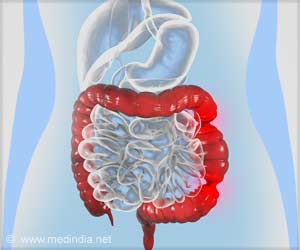
Lead author Tamas Horvath and his colleagues set out to monitor the brain circuitry that promotes eating by selectively manipulating the cellular pathway that mediates marijuana's action on the brain, using transgenic mice.
Horvath, the Jean and David W. Wallace Professor of Neurobiology and of Obstetrics, Gynecology and Reproductive Sciences, director of the Yale Program in Cell Signaling and Neurobiology of Metabolism, said that by observing how the appetite center of the brain responds to marijuana, they were able to see what drives the hunger brought about by cannabis and how that same mechanism that normally turns off feeding becomes a driver of eating.
Horvath said that this event is key to cannabinoid-receptor-driven eating and more research is needed to validate the findings.
It is also well known that activating the cannabinoid receptor 1 (CB1R) can contribute to overeating. A group of nerve cells called pro-opiomelanocortin (POMC) neurons are considered as key drivers of reducing eating when full.
The study is published in the journal Nature.
Advertisement












